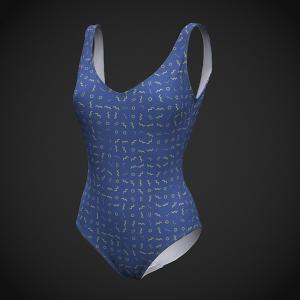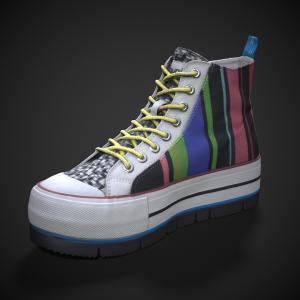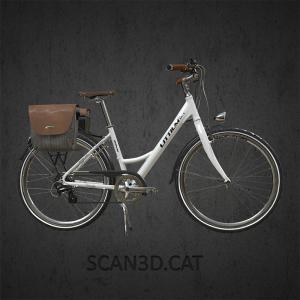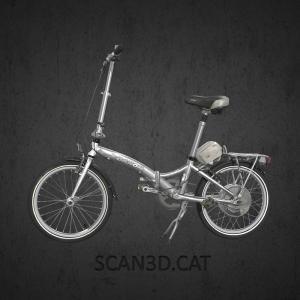3D scanning for marketing and virtual catalogue.
A virtual catalogue is like a booklet or magazine, but in a digital version and on the Internet.
From the customer’s point of view, imagine that you have a lot of online stores and brands, and they all want to show you the products they sell. Instead of having a physical catalogue on paper delivered to your home, you can quickly access these catalogues from your computer, tablet, or phone.
In a virtual catalogue, the customer will find photos, interactive or static 3D models, and descriptions of many different products, such as clothing, shoes, electronics, toys, and more. They can browse through the pages and see what interests them. They can also click on the products to get more information or even buy them directly if they like.
The advantage of a virtual catalogue is that the customer can explore a wide variety of products from the comfort of their home. They don’t need to go to different physical stores to see what they have, as everything is organized online for easy viewing and sharing with whoever they want.
Furthermore, some virtual catalogues have interactive features, such as user comments, product reviews, or personalized recommendations based on previous searches or purchases. This can help make more informed decisions about what to buy. Social media and e-commerce platforms have also contributed to popularizing the use of virtual catalogues to display and sell products, leading to widespread adoption.
The virtual catalogue is a fundamental tool of digital marketing that allows companies to effectively promote and sell products online. Its strategic use alongside other digital marketing tactics contributes to enhancing the visibility, reach, and sales of the company in the digital environment.
Virtual catalogues can be integrated with other digital marketing tactics such as email campaigns, social media advertising, and SEO strategies (search engine optimization). This helps increase traffic and visibility of the virtual catalog, as well as boost online sales
3D scanning is also used to create virtual catalogues. It is a technology that allows creating three-dimensional digital models of physical objects in the real world. This technology can be used to scan products and convert them into 3D models that can then be incorporated into a virtual catalogue, allowing for a more interactive shopping experience.
By using 3D scanning, precise details of the products can be captured, enabling customers to view the items from different angles and have a closer experience to seeing them in person. This can be particularly useful in virtual catalogues for fashion, furniture, art, and other products that benefit from a more realistic and detailed representation.
The resulting 3D models from the scanning process, intended to provide a virtual catalogue, must have specific technical characteristics that allow for quick downloading from the Internet on any device and, at the same time, a high level of detail. Achieving these features is our daily challenge.
3D scanning can also be used to create models of people or clothing fitting models, helping customers see how a specific garment would look on their own body.
Currently, many companies worldwide use virtual catalogues. With the rise of e-commerce and widespread use of the Internet, they have become a very popular tool for displaying and selling products online. Companies from various sectors, including fashion, electronics, furniture, and food, have adopted their use as part of their marketing and sales strategy.
Some of the reasons why companies prefer virtual catalogues are:
Greater reach: Virtual catalogues allow reaching a global audience, as they can be accessible from anywhere with an internet connection.
Lower cost: Compared to printed catalogues, virtual catalogues are more cost-effective to produce and distribute.
Interactivity: Virtual catalogues can be interactive, meaning that customers can click on products, interact with them, obtain more information, view additional images, or even make direct purchases.
Easy updates: Virtual catalogues can be quickly updated to reflect changes in products or prices, ensuring that customers always see up-to-date information.
Measurement and analysis: With virtual catalogues, companies can collect data on customer behaviour, such as most visited pages or most viewed products, allowing them to improve their sales strategy.
Sustainability: Virtual catalogues are a more environmentally friendly option by reducing the use of paper and resources.










